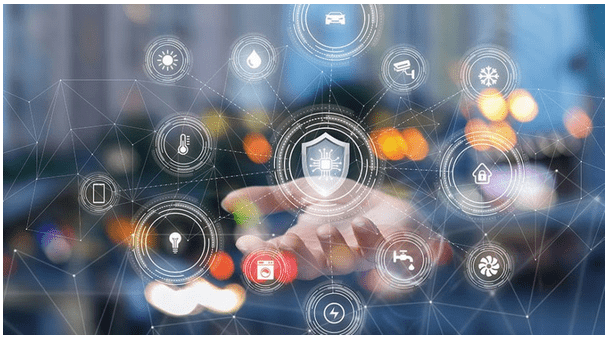Check Point Research Launches AI Security Report: Exposing the Rise of AI-Powered Cybercrime and Defenses

New report unveils four key AI-driven cyber threats and how organisations can outsmart attackers in an AI-driven world
Check Point Software Technologies Ltd. (NASDAQ: CHKP), a pioneer and global leader of cybersecurity solutions, today launched its inaugural AI Security Report at the RSA Conference 2025 in San Francisco, California. This report offers an in-depth exploration of how cyber criminals are weaponising artificial intelligence (AI), alongside strategic insights for defenders to stay ahead.
As AI reshapes industries, it has also erased the lines between truth and deception in the digital world. Cyber criminals now wield generative AI and large language models (LLMs) to obliterate trust in digital identity. In today’s landscape, what you see, hear, or read online can no longer be believed at face value. AI-powered impersonation bypasses even the most sophisticated identity verification systems, making anyone a potential victim of deception on a scale.
“The swift adoption of AI by cyber criminals is already reshaping the threat landscape,” said Lotem Finkelstein, Director of Check Point Research. “While some underground services have become more advanced, all signs point toward an imminent shift – the rise of digital twins. These aren’t just lookalikes or soundalikes, but AI-driven replicas capable of mimicking human thought and behaviour. It’s not a distant future – it’s just around the corner .”
Key Threat Insights from the AI Security Report:
At the heart of these developments is AI’s ability to convincingly impersonate and manipulate digital identities, dissolving the boundary between authentic and fake. The report uncovers four core areas where this erosion of trust is most visible:
- AI-Enhanced Impersonation and Social Engineering: Threat actors use AI to generate realistic, real-time phishing emails, audio impersonations, and deepfake videos. Notably, attackers recently mimicked Italy’s defense minister using AI-generated audio, demonstrating that no voice, face, or written word online is safe from fabrication.
- LLM Data Poisoning and Disinformation: Malicious actors manipulate AI training data to skew outputs. A case involving Russia’s disinformation network Pravda showed AI chatbots repeating false narratives 33% of the time, underscoring the need for robust data integrity in AI systems.
- AI-Created Malware and Data Mining: Cyber criminals harness AI to craft and optimise malware, automate DDoS campaigns, and refine stolen credentials. Services like Gabbers Shop use AI to validate and clean stolen data, enhancing its resale value and targeting efficiency.
- Weaponisation and Hijacking of AI Models: From stolen LLM accounts to custom-built Dark LLMs like FraudGPT and WormGPT, attackers are bypassing safety mechanisms and commercialising AI as a tool for hacking and fraud on the dark web.
Defensive Strategies:
The report emphasises that defenders must now assume AI is embedded within adversarial campaigns. To counter this, organisations should adopt AI-aware cyber security frameworks, including:
- AI-Assisted Detection and Threat Hunting: Leverage AI to detect AI-generated threats and artifacts, such as synthetic phishing content and deepfakes.
- Enhanced Identity Verification: Enhanced Identity Verification: Move beyond traditional methods and implement multi-layered identity checks that account for AI-powered impersonation across text, voice, and video—recognising that trust in digital identity is no longer guaranteed.
- Threat Intelligence with AI Context: Equip security teams with the tools to recognise and respond to AI-driven tactics.
“In this AI-driven era, cyber security teams need to match the pace of attackers by integrating AI into their defenses,” added Finkelstein. “This report not only highlights the risks but provides the roadmap for securing AI environments safely and responsibly.”
The full AI Security Report 2025 is available for download here and join the April 30 livestream for more insights about the report.







